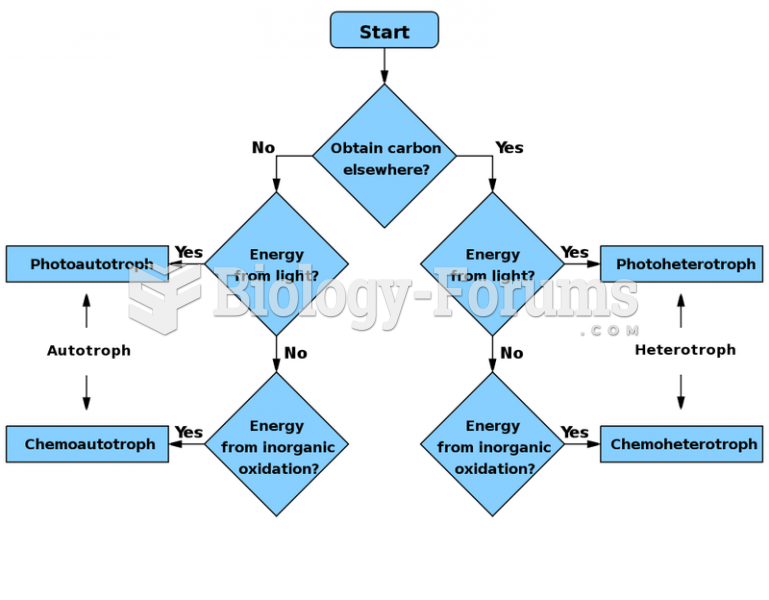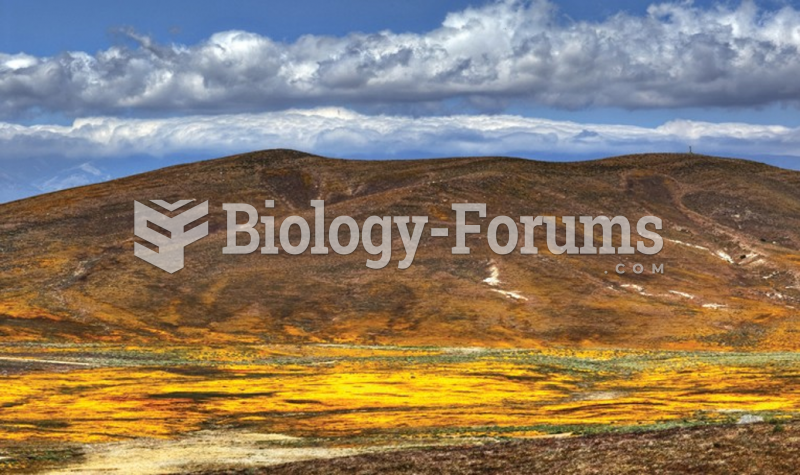Answer to Question 1
A relationship that benefits humans but harms other species would be considered predation: any example that the student cites of humans hunting, gathering, or otherwise killing another organism for its benefit and survival would be appropriate. For example, humans hunting and eating wild turkeys is predation. A relationship that benefits both humans and other species would be considered mutualism. Although it may be difficult for students to initially think of examples of mutualism between humans and other organisms, a well-known example of mutualism is the relationship between some bacteria that normally reside in the human digestive tract (which receive nutrition as a by-product of digestion) and the human (which receives crucial vitamin K from the bacteria). If a human was in a relationship that benefited another species but harmed the human it would be considered predation as well. The other species in this case would be benefitting from the relationship and would typically be parasitic (particularly pathogenic). An example of such predation would be any type of disease-causing organism or parasite living in or on a human. Relationships are constantly changing as pressures from the environment are constantly changing. One could imagine that the bacteria found in the digestive tract of the human were parasites that eventually evolved to have a mutualistic relationship with the human. On a completely different level think about how the relationship between cows and humans has changed over time. Initially the relationship was predatory, since humans would hunt and kill cows or similar species. During the transition toward settling and farming, humans began to domesticate animals like the cow. The cows eventually became dependent on the humans for food, water, and shelter as more and more generations of cows were born in captivity. This led to a new type of mutualism based on the changing relationship between humans and cows. This raises ethical issues about our place as humans in the biosphere and whether our ability to conquer lower animals is really beneficial for them, and whether shifting the relationship to mutualismnow that we have created a false new environment for the animals to live inis truly beneficial for them.
Answer to Question 2
The main energy problem for the United States is an eventual shortage of crude oil for transportation purposes, yet nuclear power produces electricity, which is not used for transportation. If we were moving toward a totally electric economy that included even electric cars, nuclear-generated electricity could be substituted for oil-based fuels. Unfortunately, electric cars have not yet proved practical, and the outlook for them in the near future remains uncertain. Consequently, nuclear power simply competes with coal-fired power in meeting the demands for base-load electrical power. Given the high costs and additional financial risks of nuclear power plants, coal is cheaper, and the United States does have abundant coal reserves.







